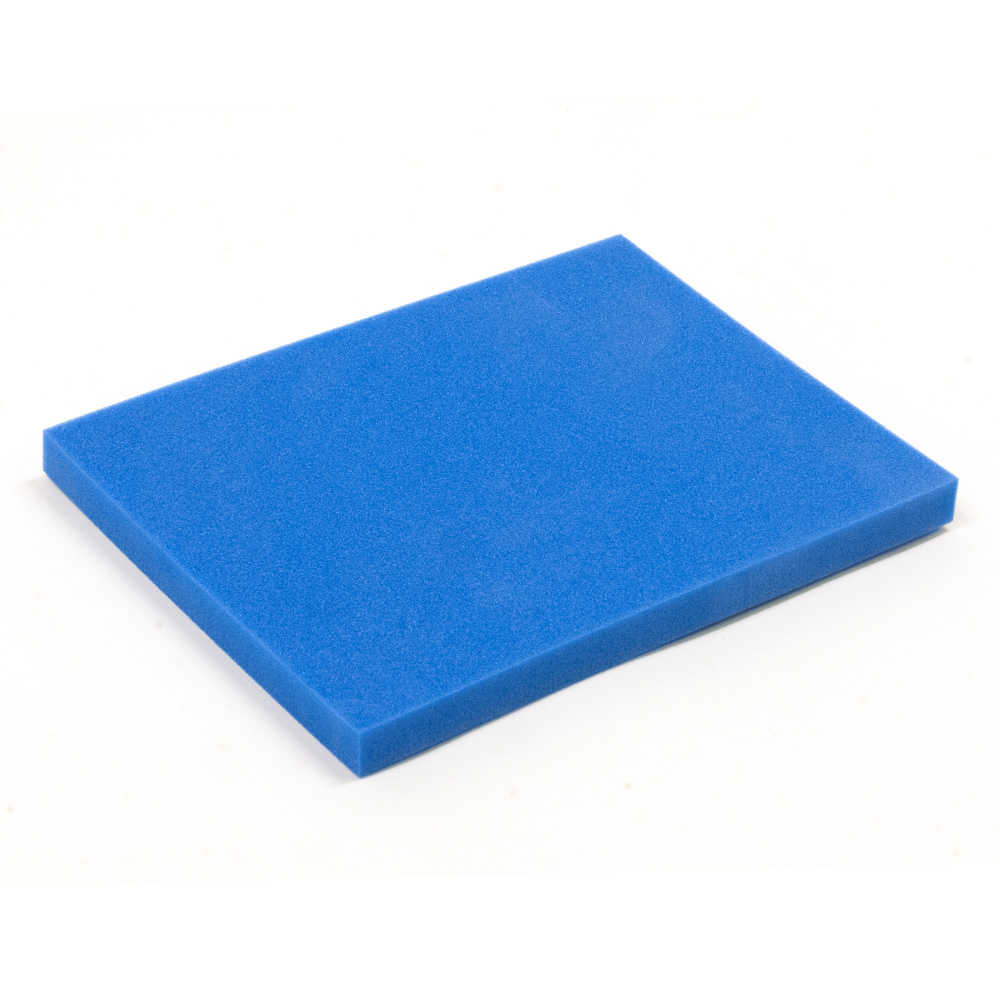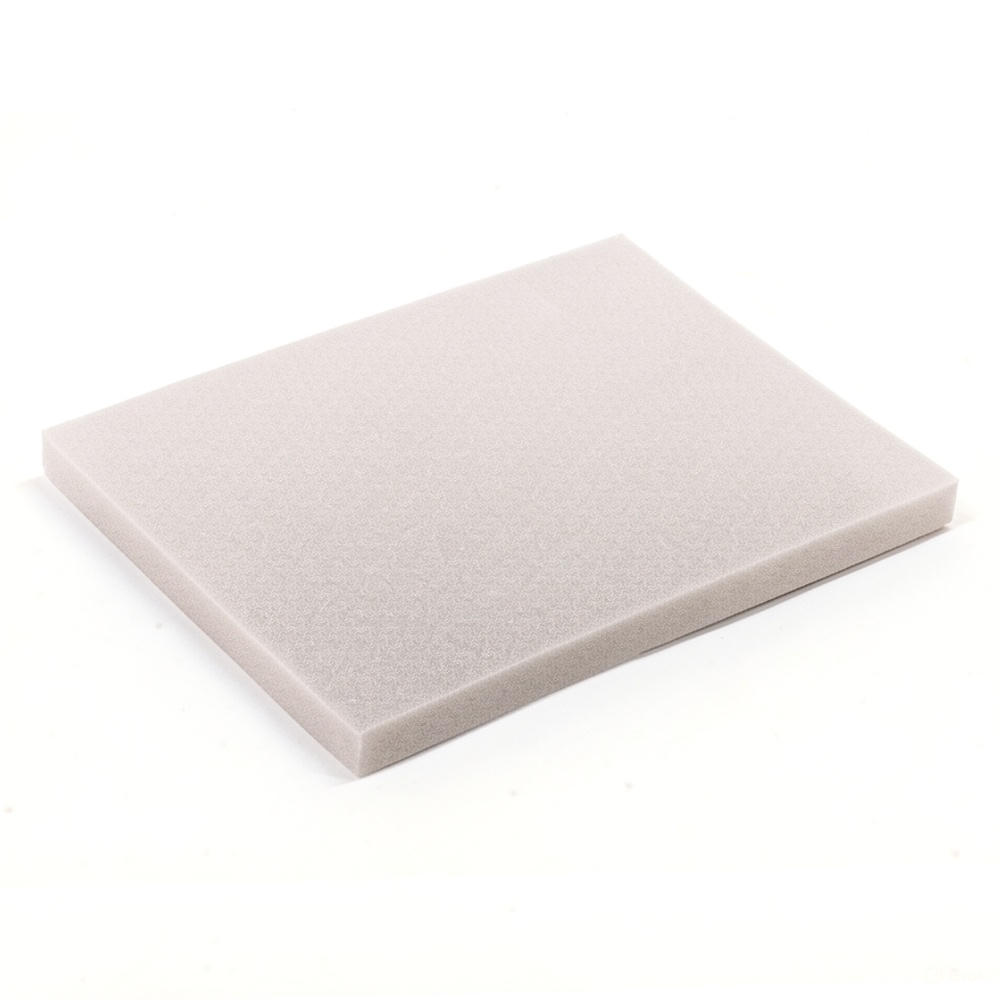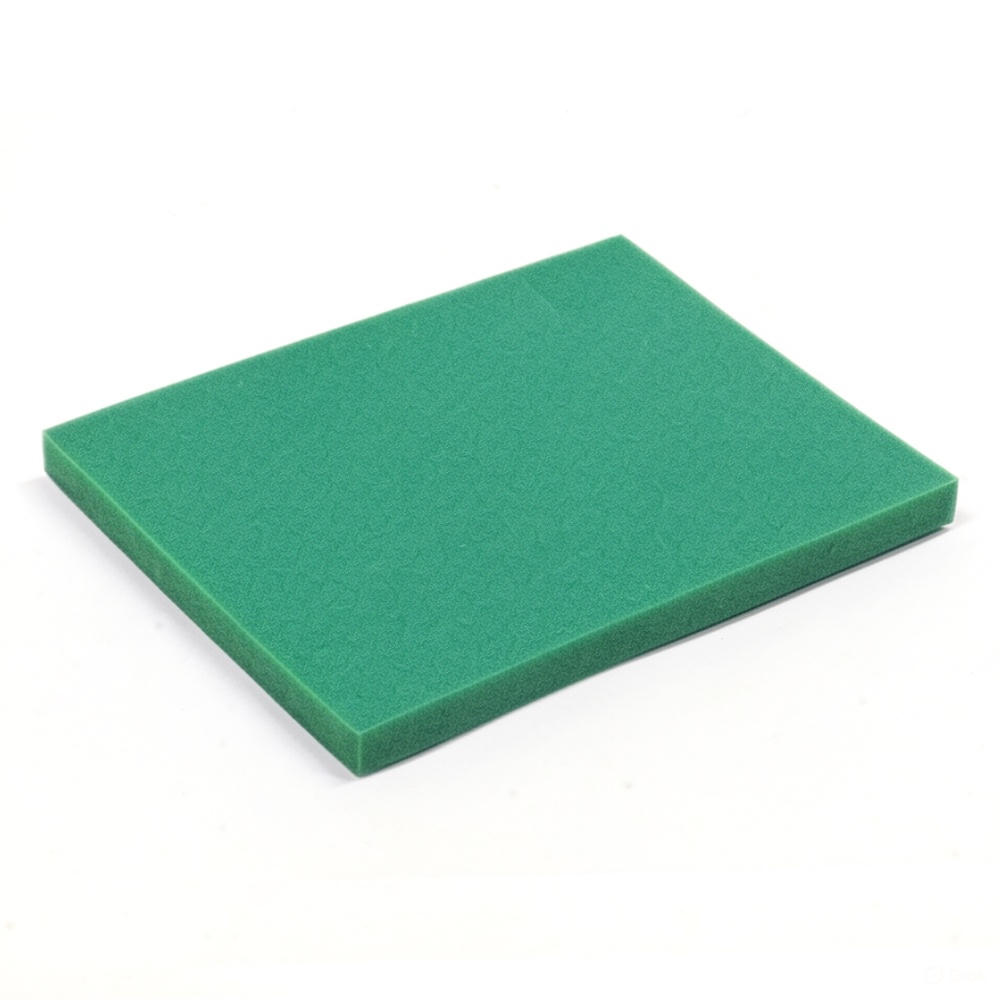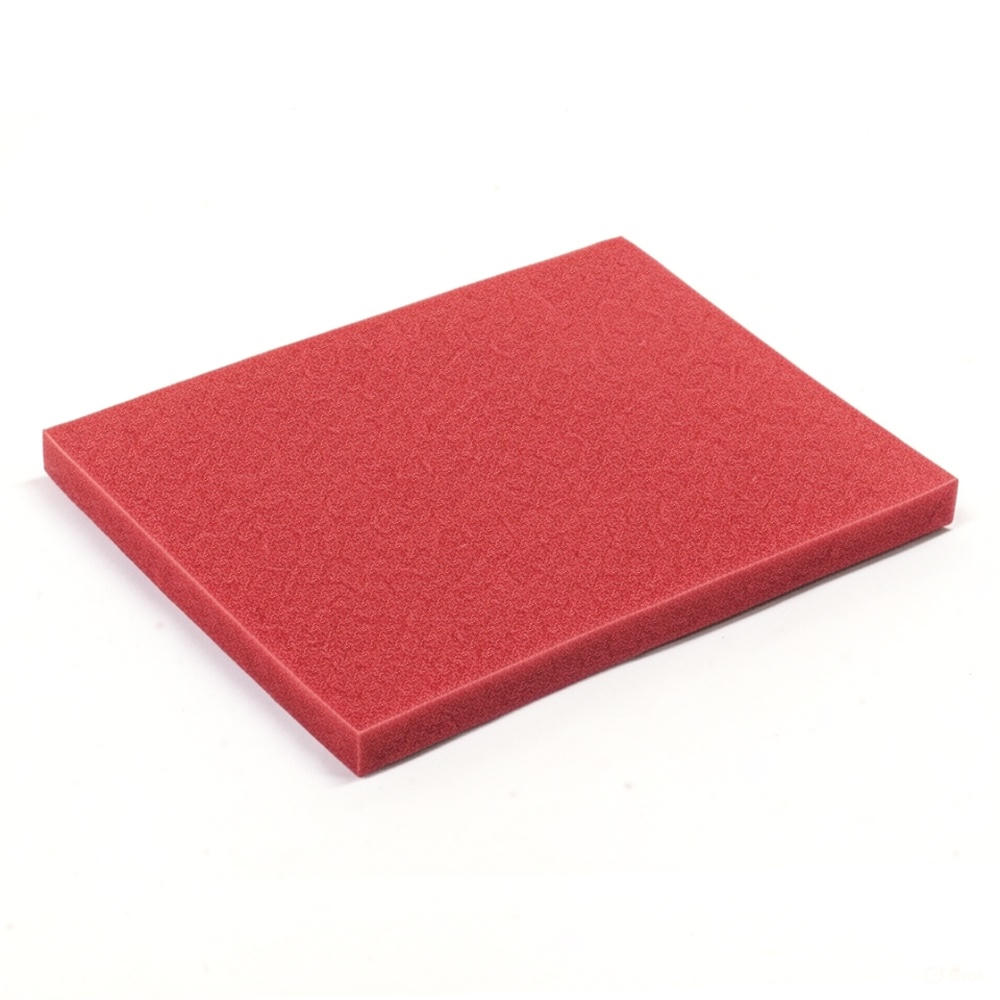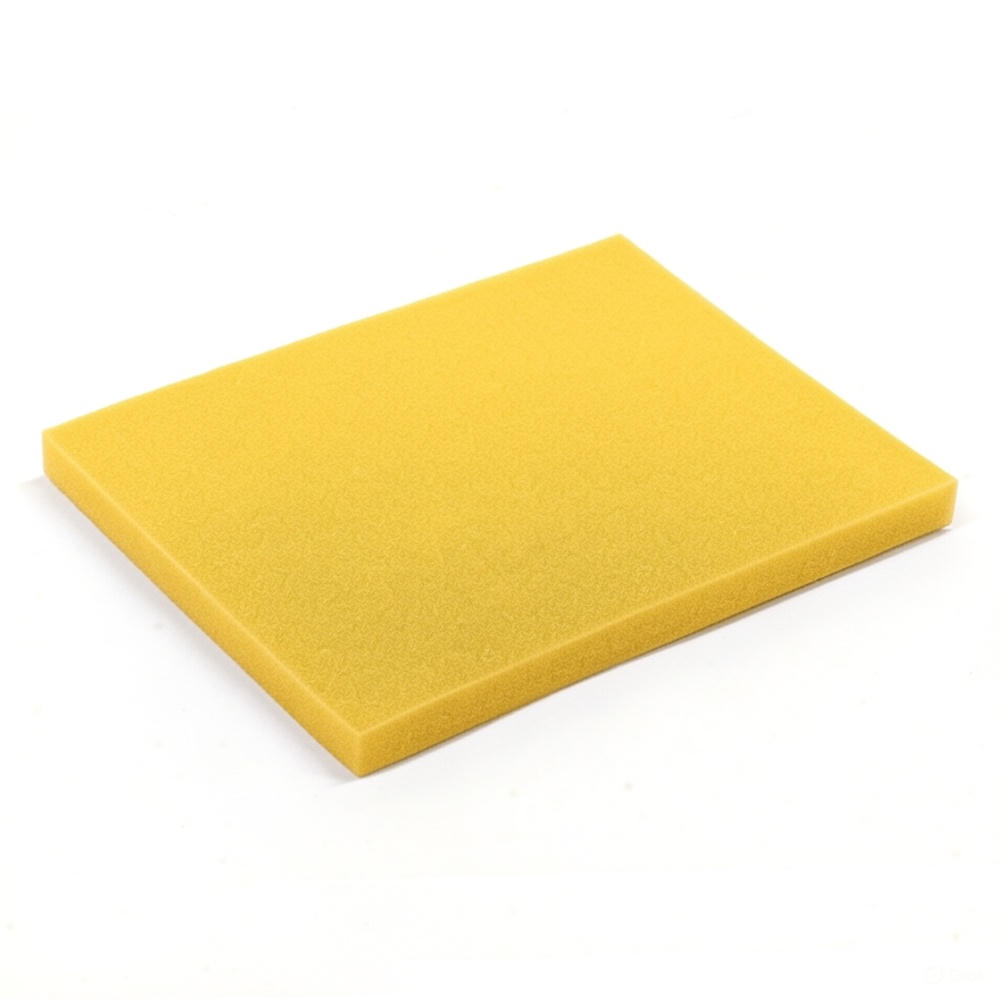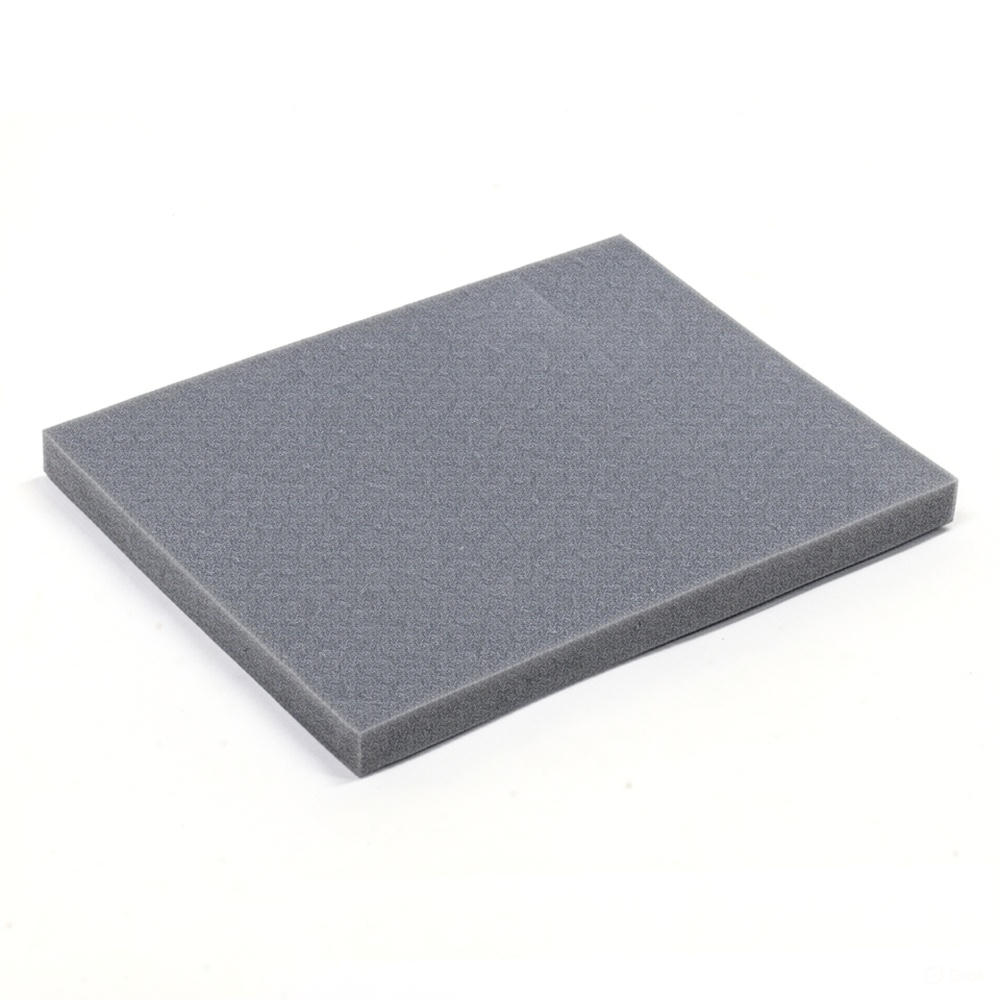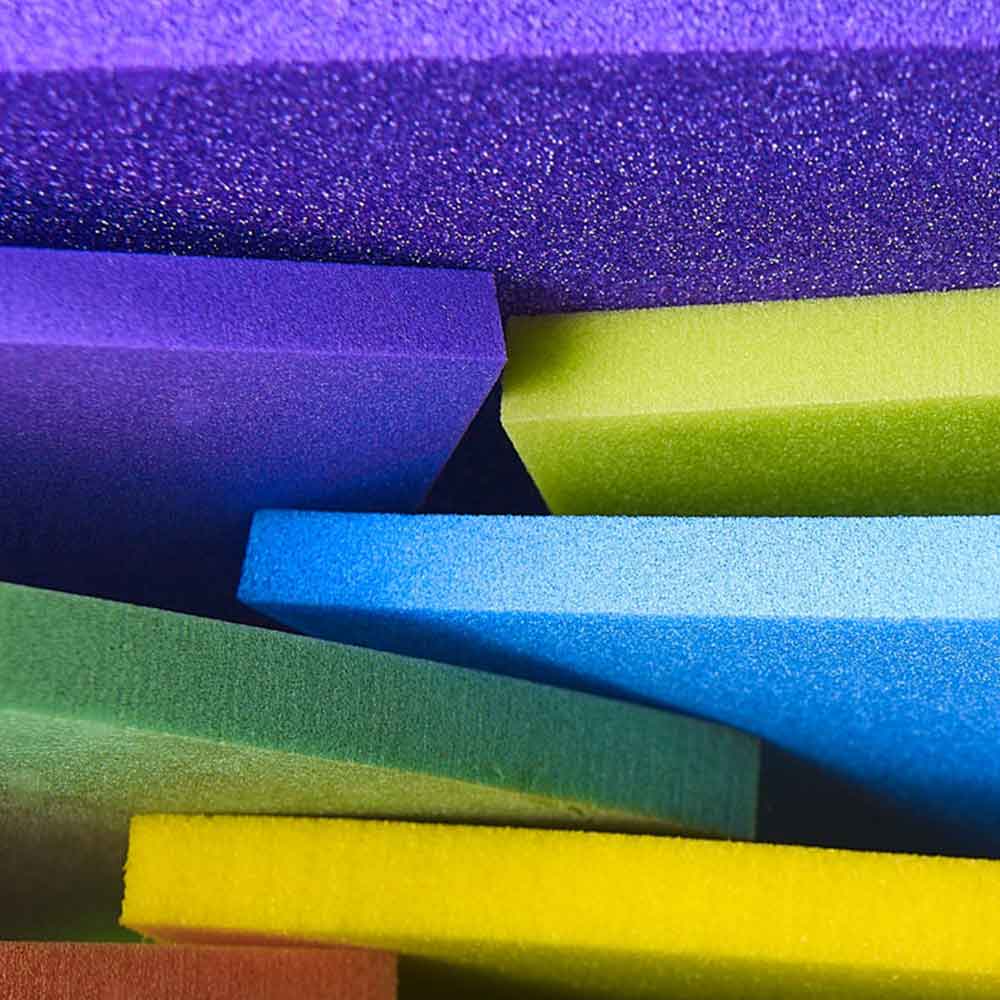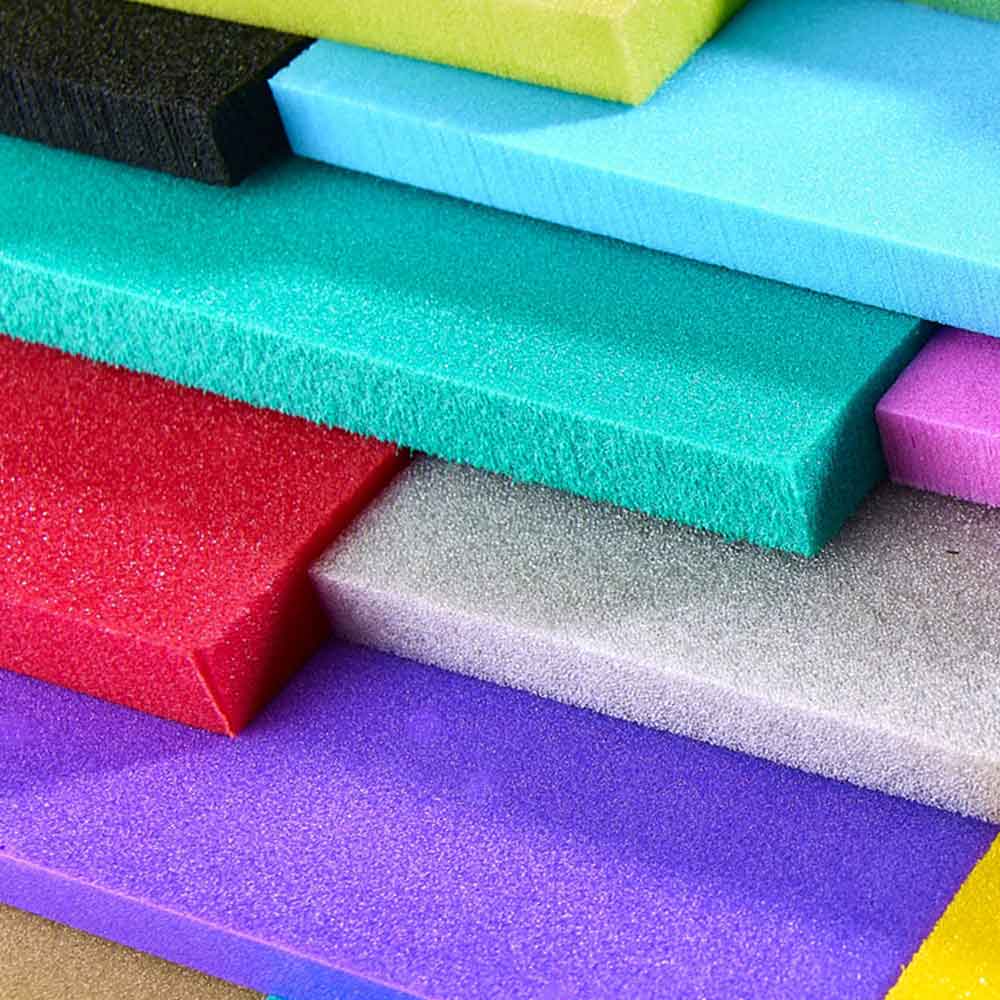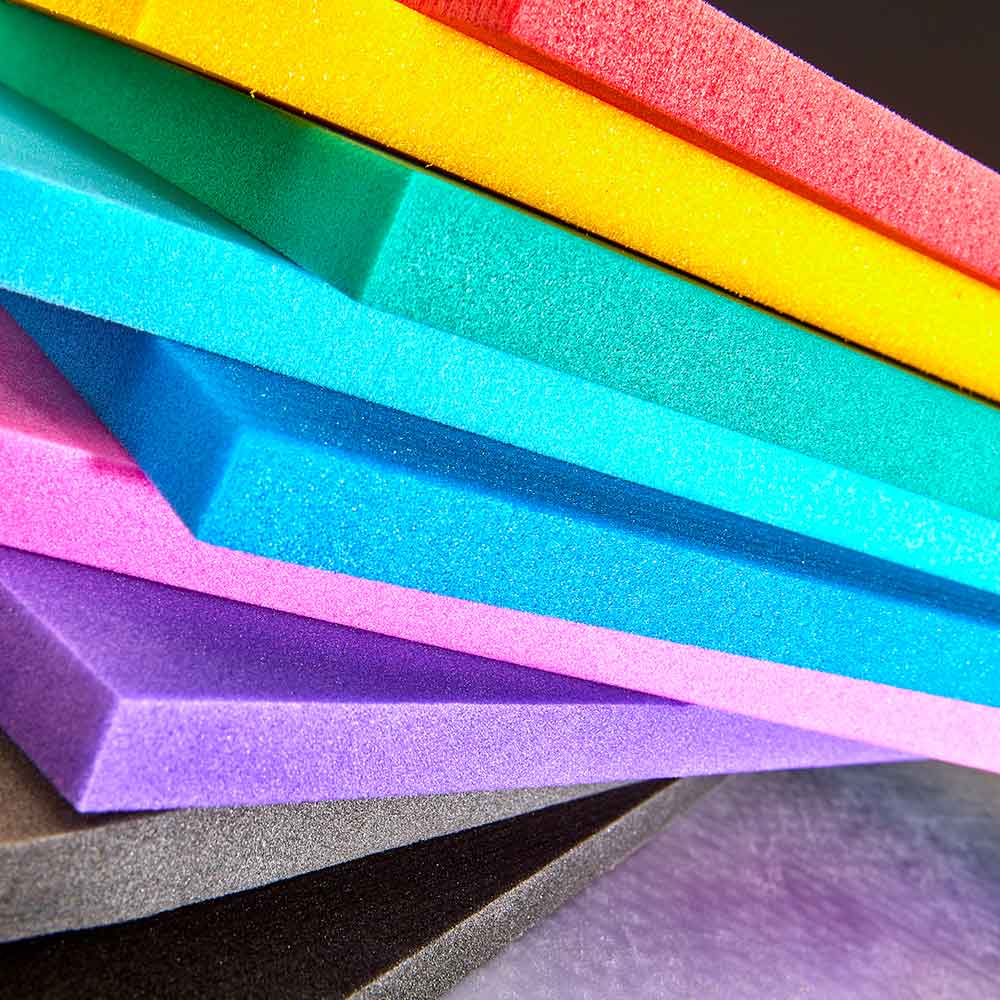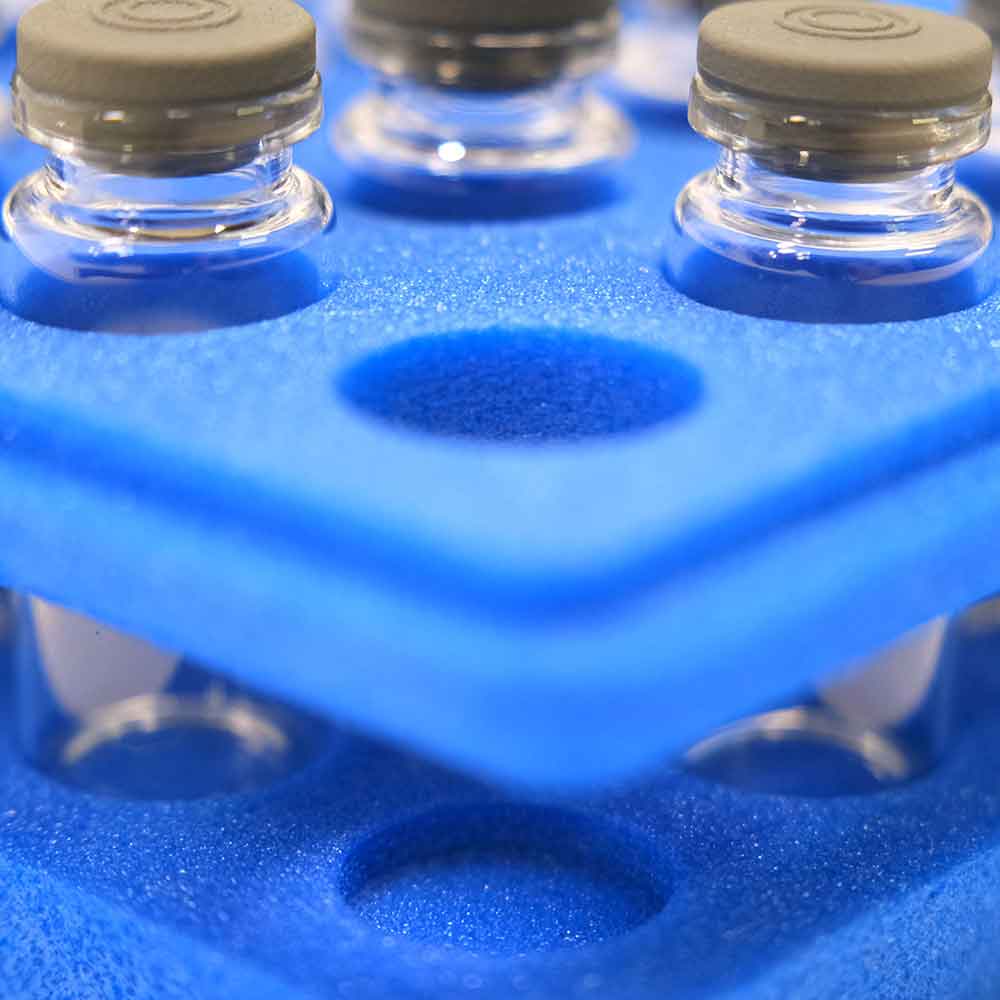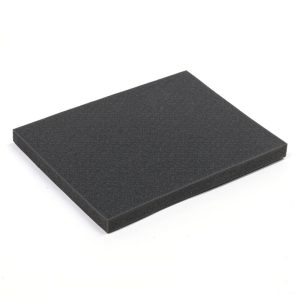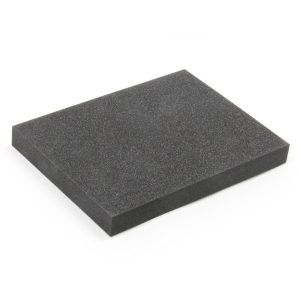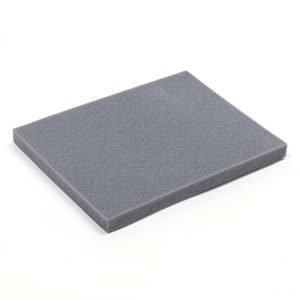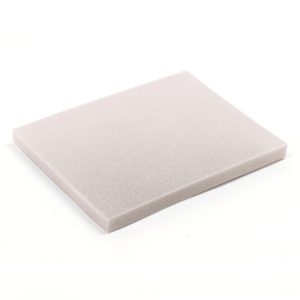Description
Plastazote LD45 Key Features:
Density: 45 kg/m³ (low-density for flexibility and lightness).
Closed-Cell Structure: Waterproof, buoyant, and resistant to chemicals, oils, and bacteria.
Thermal Insulation: Excellent heat resistance (up to 105°C) and low thermal conductivity for energy efficiency.
Durability: High tear strength, compressive resilience, and UV stability for long-lasting performance.
Safety & Compliance: Non-toxic, odorless, and meets standards like FDA for food contact, RoHS, and REACH. It’s also recyclable and free from CFCs/HCFCs.
Plastazote LD45 Common Applications:
Medical & Orthotics: Padding for braces, insoles, and prosthetics due to skin-friendly comfort.
Packaging & Protection: Cushioning for electronics, fragile items, and industrial parts.
Sports & Leisure: Helmet liners, yoga mats, and flotation devices.
Automotive & Aerospace: Seals, gaskets, and vibration dampening.
Construction: Insulation for flooring, walls, and HVAC systems.
You can read our official Zotefoams announcement here: https://www.pjbowers.com.au/articles/australian-distributor-of-zotefoams
For other foams please visit: https://foamproducts.com.au/
To view all available Zotefoams, return to the homepage: https://zotefoams.com.au/

